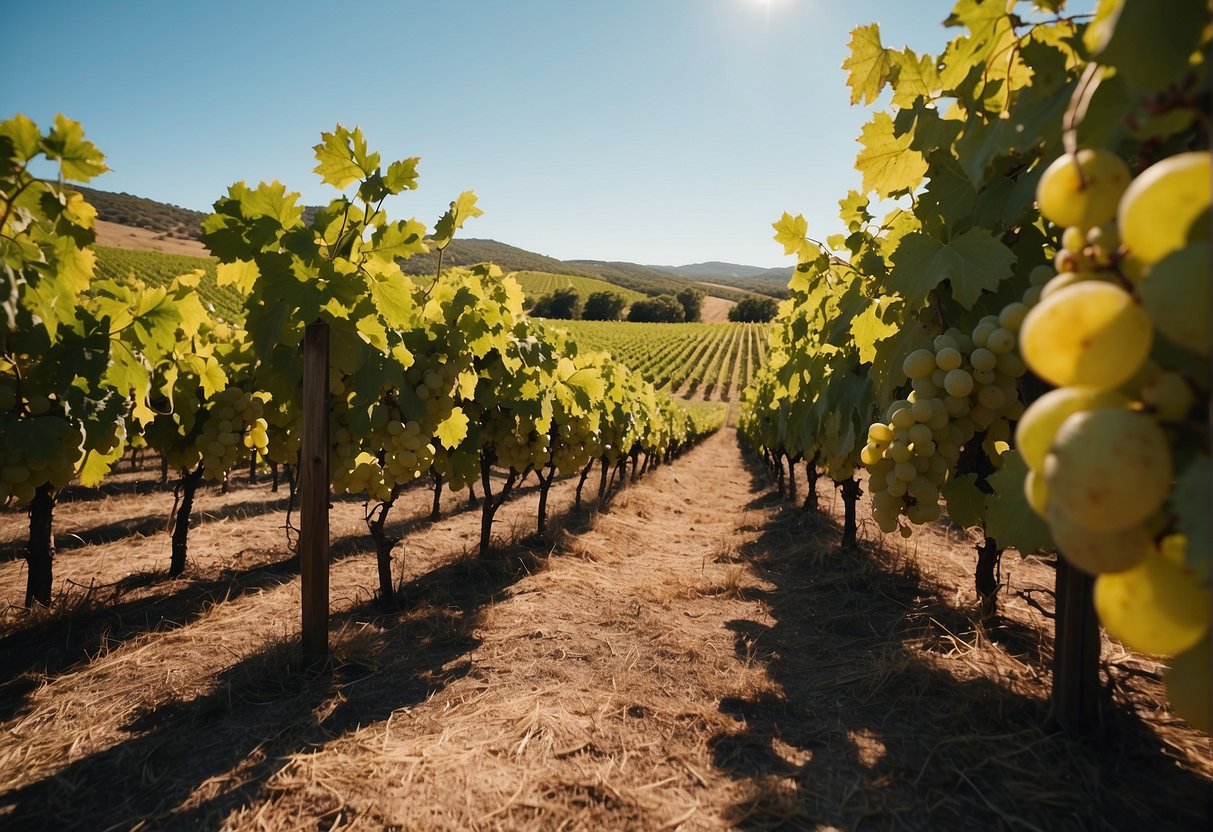
A Beginner’s Guide
Starting a vineyard in Texas is an exciting venture, combining passion for viticulture with the state’s unique climate and rich soil. Whether you’re aiming to produce award-winning wines or create a serene getaway, this guide will walk you through the basics of starting your own vineyard in the Lone Star State.
1. Understanding the Texas Climate and Terroir
Texas offers diverse climates, but most successful vineyards are located in regions like the Texas Hill Country, the High Plains, and the Gulf Coast. These areas provide the right combination of temperature, rainfall, and soil conditions conducive to growing grapes. Texas enjoys hot summers and mild winters, making it ideal for grape varieties that thrive in warm climates, such as Tempranillo, Viognier, and Cabernet Sauvignon.
Key Points:
- Climate: Hot, dry summers with moderate winters.
- Soil: Varied across regions, but sandy loam, limestone, and clay are common.
- Grape Varieties: Tempranillo, Viognier, Cabernet Sauvignon, Black Spanish (Lenoir), Blanc Du Bois.
2. Choosing the Right Location
Location is critical to the success of your vineyard. The land should have good drainage, as waterlogged roots can harm the vines. Slope and elevation also play a role; a gentle slope ensures better air circulation, which reduces the risk of frost damage.
Considerations:
- Elevation: Higher elevations provide cooler temperatures and better air drainage.
- Slope: Ideal slope is between 5-15% for good water drainage.
- Proximity to Water: Nearby water sources can moderate extreme temperatures.
3. Planning Your Vineyard Layout
Before planting, plan your vineyard layout. Consider row orientation, spacing between vines, and the trellis system. Rows should ideally be oriented north-south to maximize sun exposure. Proper spacing will depend on the grape variety and the growth habit of the vines.
Layout Tips:
- Row Orientation: North-south for optimal sun exposure.
- Vine Spacing: Typically 6-8 feet between vines, with 8-10 feet between rows.
- Trellis System: Choose between high wire, vertical shoot positioning, or Geneva Double Curtain, based on the grape variety.
4. Preparing the Soil and Planting
Soil preparation is crucial. Test the soil to determine its pH level, nutrient content, and structure. Amend the soil with organic matter if needed and consider deep plowing to break up compacted layers. Once the soil is ready, plant your vines in the spring.
Soil Preparation Steps:
- Soil Testing: Check pH (ideal is 5.5-7.0) and nutrient levels.
- Amendments: Add lime to raise pH, sulfur to lower it, and organic matter to improve structure.
- Planting: Plant in early spring after the last frost, ensuring the graft union is above soil level.
5. Managing Vineyard Operations
Once your vineyard is established, ongoing management is essential. This includes irrigation, fertilization, pruning, and pest management. Texas’ climate demands efficient water use, so consider drip irrigation systems that deliver water directly to the roots.
Key Operations:
- Irrigation: Drip irrigation is ideal for water efficiency.
- Fertilization: Use soil tests to guide fertilization; avoid over-fertilizing.
- Pruning: Prune in late winter to control vine growth and improve grape quality.
- Pest Management: Monitor for pests like grape berry moths and diseases like powdery mildew. Use integrated pest management (IPM) techniques.
6. Harvesting and Winemaking
Harvesting typically begins in late summer or early fall, depending on the grape variety. The key is to harvest when the grapes reach optimal ripeness, measured by sugar content (Brix), acidity, and tannins. After harvesting, you can sell the grapes or venture into winemaking.
Harvesting Tips:
- Timing: Harvest when Brix levels are 22-25 for most varieties.
- Tools: Use sharp pruning shears for clean cuts.
- Winemaking: If making wine, consider partnering with a local winemaker or setting up a small-scale production facility.
7. Complying with Texas Regulations
Starting a vineyard involves adhering to various regulations. Texas requires permits for planting certain grape varieties and for selling wine. If you plan to sell your wine, you’ll need a winery permit from the Texas Alcoholic Beverage Commission (TABC).
Regulatory Steps:
- Permits: Obtain a TABC permit for commercial wine production.
- Labeling: Follow state and federal guidelines for wine labeling.
- Sales: Consider direct-to-consumer sales, wine clubs, or distribution through local retailers.
8. Marketing Your Vineyard
Once your vineyard is up and running, effective marketing is crucial. Develop a brand that reflects the uniqueness of your vineyard, whether it’s the scenic location, the grape varieties, or the winemaking philosophy. Use social media, local events, and wine festivals to build a loyal customer base.
Marketing Strategies:
- Branding: Create a memorable brand name and logo.
- Online Presence: Build a website and engage on social media platforms.
- Events: Host vineyard tours, tastings, and participate in Texas wine festivals.
Starting a vineyard in Texas is a rewarding endeavor that combines passion, knowledge, and hard work. By understanding the Texas climate, choosing the right location, planning your vineyard, and managing operations effectively, you can establish a thriving vineyard that produces high-quality grapes and wines. With patience and perseverance, your vineyard can become a cherished part of the Texas wine landscape.
By following this guide, you’re well on your way to making your mark in the Texas wine industry. Embrace the journey and enjoy the fruits of your labor—literally!

